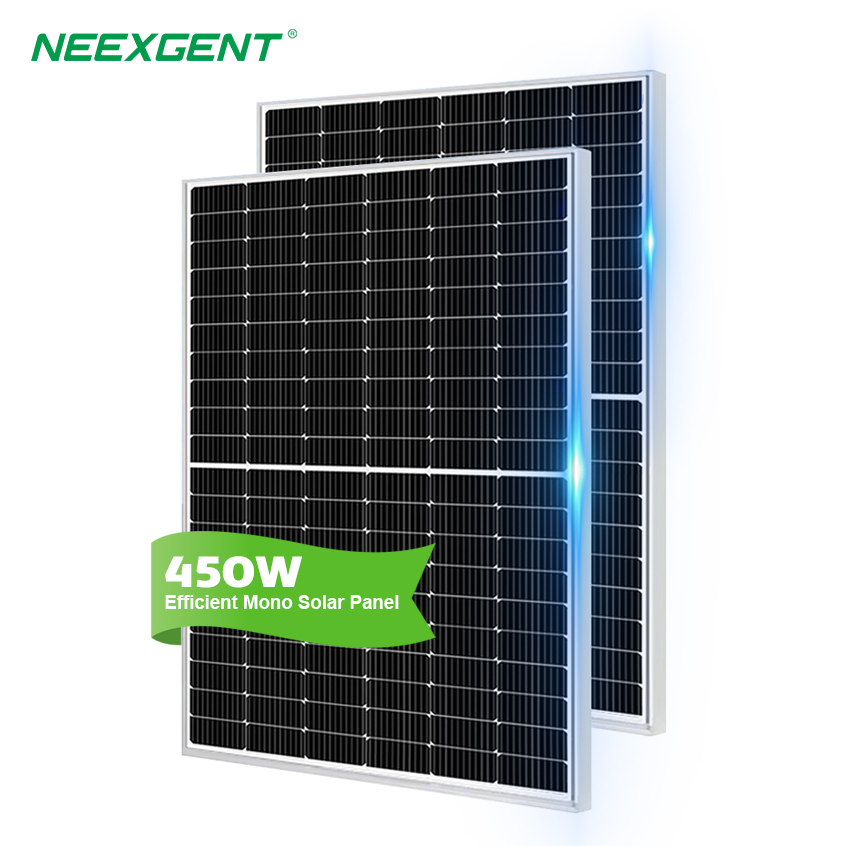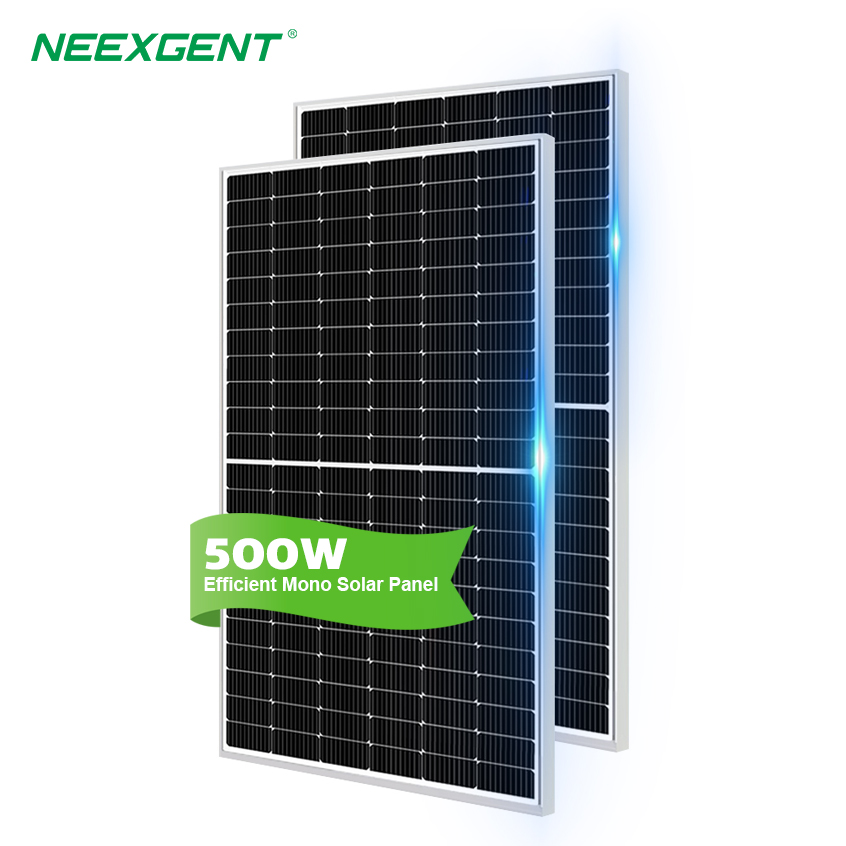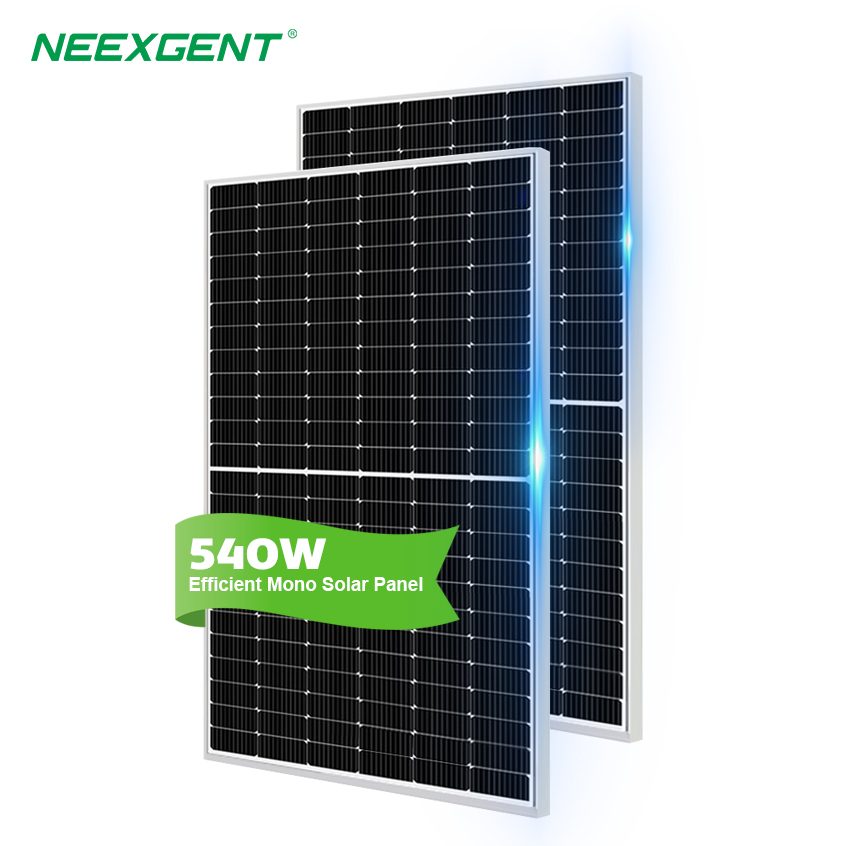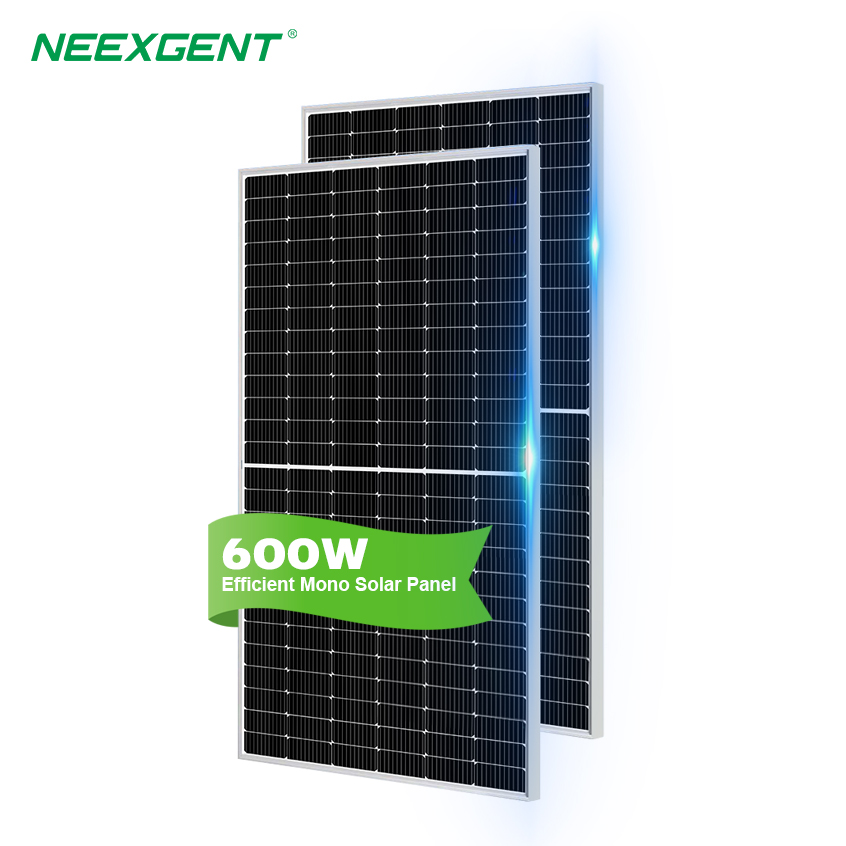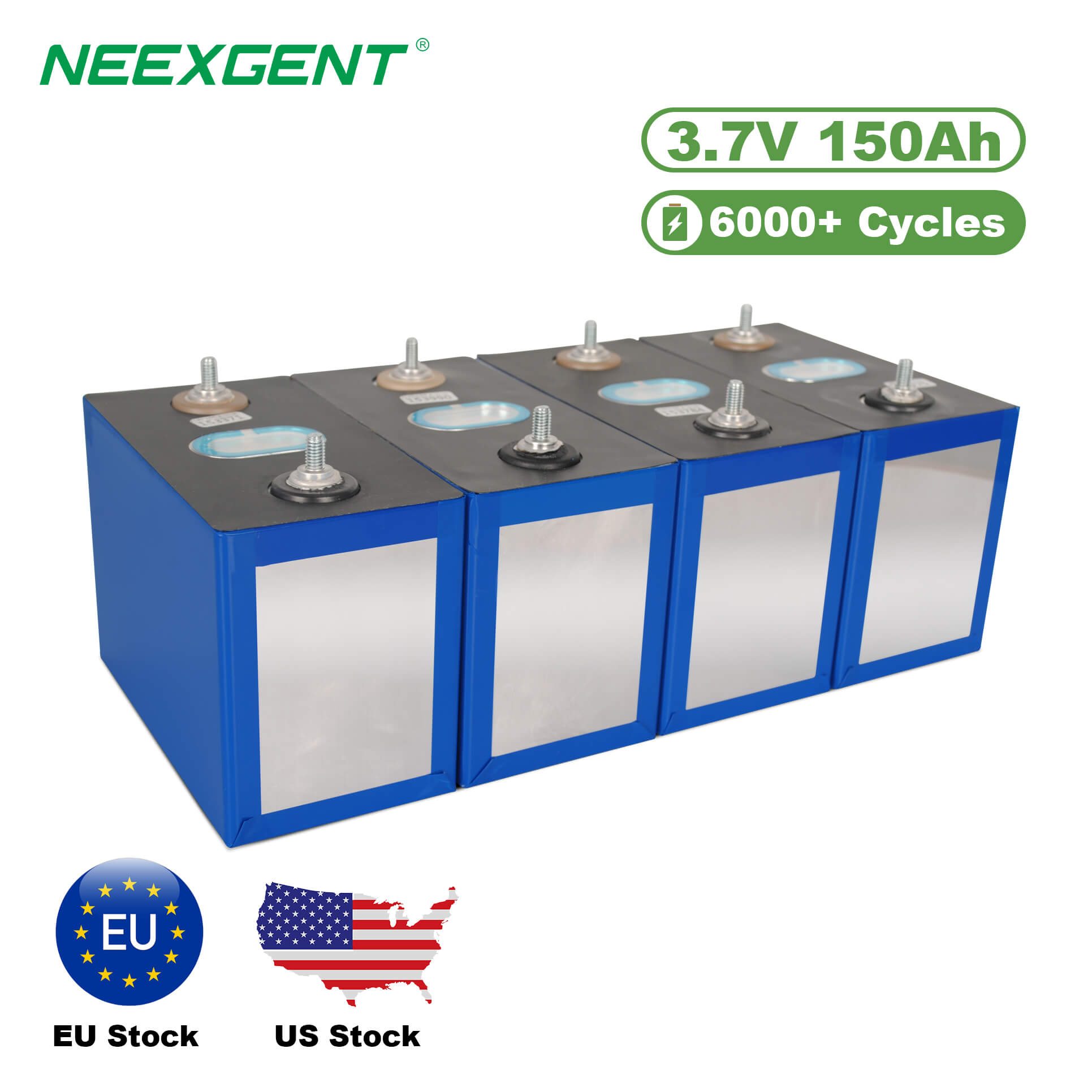Contents:
A 6.6kW solar system is a popular choice for households and small businesses, offering a balance of affordability, energy generation, and reliability. To maximize the utility of such a system, a backup battery is often integrated. Backup batteries store excess energy generated during the day for use during nighttime, cloudy weather, or power outages. Let’s dive into the details of choosing and understanding the backup battery for a 6.6kW solar system.
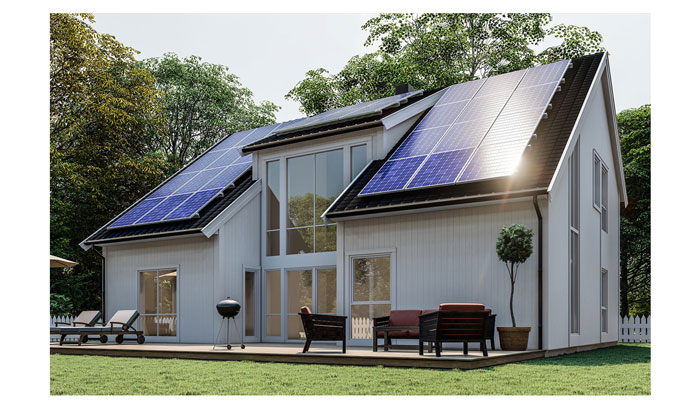
Key Considerations for Backup Batteries
-
Capacity: The battery should have sufficient capacity to store energy for nighttime use or emergencies. For a 6.6kW system, a battery with a capacity of 10-13 kWh is commonly recommended.
-
Battery Chemistry: Lithium-ion batteries are the most preferred due to their high energy density, efficiency, and long lifespan.
-
Discharge Rate: A good backup battery should support a high discharge rate, allowing you to power essential appliances simultaneously.
-
Scalability: Choose a battery system that can be expanded in the future to meet growing energy needs.
-
Lifespan and Warranty: Most quality batteries offer warranties of 10 years or more, ensuring long-term reliability.
Popular Backup Battery Options for 6.6kW Solar Systems
Below is a comparison table of some popular batteries suitable for a 6.6kW solar system. The table is styled with alternating light green and white rows for clarity.
| Battery Model |
Capacity (kWh) |
Cycle Life |
Efficiency |
Warranty |
| Tesla Powerwall 2 |
13.5 |
10,000+ |
90% |
10 years |
| LG Chem RESU 10H |
9.8 |
6,000+ |
95% |
10 years |
| BYD Battery-Box Premium HVM |
10.2 |
8,000+ |
96% |
10 years |
| Sonnen Eco 10 |
10 |
10,000+ |
93% |
10 years |
Benefits of Backup Batteries for 6.6kW Systems
-
Energy Independence: A backup battery ensures energy availability even during grid outages.
-
Cost Savings: Stored energy can be used during peak electricity rates, reducing utility bills.
-
Eco-Friendly Solution: Batteries enhance the sustainability of your solar system by reducing reliance on non-renewable energy.
-
Remote Monitoring: Many modern batteries come with apps or platforms for real-time performance tracking.
Choosing the right backup battery for your 6.6kW solar system involves balancing your energy needs, budget, and future scalability.
Performance of Solar Backup Batteries Over Time
The performance of a backup battery is influenced by factors such as cycle life, depth of discharge (DoD), and usage patterns. To illustrate how different batteries perform over time, the chart below compares the remaining capacity of three popular models after several years of use.
Maintenance Tips for Maximizing Battery Lifespan
To ensure optimal performance and longevity of your solar backup battery, adhere to these maintenance practices:
1. Monitor Battery Health: Use the companion app or platform to regularly check battery performance metrics.
2. Avoid Overcharging and Deep Discharging: Configure the system to stay within the recommended depth of discharge (DoD) limits.
3. Temperature Management: Keep the battery in a temperature-controlled environment to avoid overheating or freezing.
4. Regular Inspections: Check for signs of wear, corrosion, or damage periodically.
5. Firmware Updates: Install updates to ensure compatibility with solar inverters and system optimizations.
Financial Impact of Solar Batteries
While the upfront cost of a backup battery can be significant, the long-term financial benefits outweigh the initial investment. The following table outlines the potential savings and payback periods for a 6.6kW solar system with a backup battery.
| Scenario |
Annual Savings ($) |
Payback Period (Years) |
Lifetime ROI (%) |
| Without Battery |
1,200 |
5 |
200% |
| With Battery |
1,800 |
7 |
250% |
By selecting a reliable battery and following best practices for installation and maintenance, you can enjoy uninterrupted energy and maximize your solar system's efficiency.
Comparing Off-Grid and Hybrid Systems with Backup Batteries
When integrating a backup battery with a 6.6kW solar system, it’s essential to understand the difference between off-grid and hybrid systems. Each has unique features and benefits, depending on your energy goals.
Below is a table comparing these two systems to help you make an informed decision:
| Feature |
Off-Grid System |
Hybrid System |
| Grid Connection |
No |
Yes |
| Backup Battery Requirement |
Mandatory |
Optional |
| Energy Independence |
100% |
Partial (Grid-Supported) |
| System Cost |
Higher |
Moderate |
| Ideal Use Case |
Remote Locations |
Urban/Suburban Areas |
Environmental Benefits of Solar Backup Batteries
The integration of backup batteries with solar systems doesn’t just provide energy reliability—it also has a significant environmental impact. Here are some of the key advantages:
-
Reduced Carbon Footprint: By storing solar energy and reducing reliance on fossil fuel-based grid power, backup batteries contribute to lower greenhouse gas emissions.
-
Minimized Energy Wastage: Batteries store surplus solar energy that might otherwise be wasted, ensuring maximum utilization of renewable resources.
-
Support for Renewable Energy Expansion: Widespread adoption of batteries can stabilize renewable energy output, making grids more sustainable.

Real-Life Scenarios for Backup Battery Usage
Backup batteries are versatile and can be used in various scenarios, including:
-
Emergency Power Supply: During natural disasters or power outages, batteries provide critical energy to run essential appliances like refrigerators, medical equipment, and communication devices.
-
Load Shifting: Batteries enable you to store energy during low-rate periods and use it during peak demand times, reducing electricity costs.
-
Remote Applications: In off-grid locations, batteries paired with solar panels are often the only viable energy solution.
By understanding these applications and comparing system types, you can optimize your 6.6kW solar system for reliability, cost savings, and sustainability.
Practical Considerations for Installation
When adding a backup battery to your 6.6kW solar system, proper installation is critical to ensuring its performance and safety. Here are some practical aspects to consider:
-
Location: Batteries should be installed in a dry, ventilated area away from direct sunlight or extreme temperatures. Indoor installations are preferred for better temperature control.
-
Compatibility: Ensure the battery is compatible with your existing solar inverter and system. Many manufacturers offer hybrid inverters designed for seamless integration.
-
Professional Installation: Always hire a certified technician to install the battery. Proper wiring, mounting, and system configuration are essential to avoid potential hazards.
Maximizing Efficiency with Smart Controls
Modern solar systems often include smart energy management systems that work in tandem with backup batteries. These systems:
-
Optimize Usage: Automatically store energy during peak production and discharge it during high-demand periods.
-
Enable Monitoring: Provide real-time data on energy production, consumption, and storage levels through mobile apps or web interfaces.
-
Enhance Savings: Integrate time-of-use rates to further reduce energy costs by using stored energy strategically.
FAQs
The duration depends on the battery’s capacity and your energy consumption. For a 6.6kW solar system, a 10kWh battery can typically power essential appliances for 8-12 hours or longer if paired with solar panels that generate additional energy during daylight.
Yes, most solar systems can be retrofitted with a backup battery. However, you may need to upgrade your inverter to a hybrid model or ensure compatibility with the battery you choose. Consulting a professional installer is recommended.
Most lithium-ion batteries have a lifespan of 10-15 years, depending on usage and maintenance. They are typically rated for 3,000 to 6,000 cycles, which is sufficient for daily use over their warranty period.
While not mandatory, a backup battery provides significant benefits even for grid-tied systems. It offers energy independence, protection during outages, and the ability to store excess solar energy for later use, reducing reliance on grid power.
To size your battery, calculate your average daily energy usage and determine how many hours of backup you need. For a 6.6kW solar system, a 10-15kWh battery is usually sufficient for most households. A professional energy audit can provide more precise recommendations.

